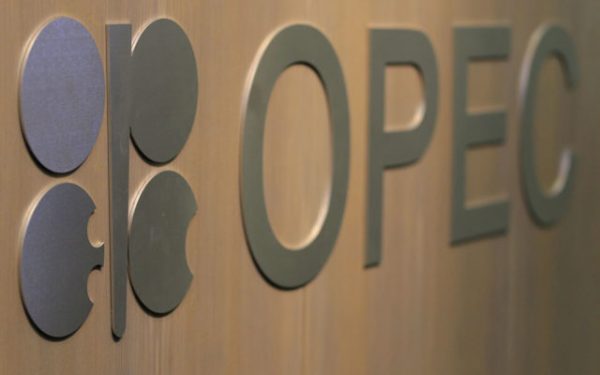Oil price declines on rising energy demand, Libya’s output

Oil futures declined on Thursday, pressured by risks to energy demand, a stronger dollar and reports that Libya could soon increase production.
While the Brent crude went down to $61.07, WTI, $52.23, Bonny light was up to $63.69 yesterday.
The decline in oil, following gains on Wednesday, “came on the back of fresh risk based sell off, after the European Commission slashed growth forecasts for the Eurozone and its major economies sharply for 2019 and 2020, further stoking concerns of a global growth slowdown,” analysts at ICICI Bank wrote in a note Thursday.
Traders shunned assets perceived as risky, sending European stocks and U.S. benchmark stock indexes lower.
Meanwhile, a Libyan general took control Wednesday of the country’s largest oil field, the Sharara, raising the likelihood the facility will restart production, according to the Wall Street Journal.
The added supply could bring more oil to the global market and put downward pressure on prices.
The Sharara facilities, which can pump roughly 315,000 barrels a day of crude, were shut down late in 2018 after a group of armed gunmen took control of the field demanding better living conditions in the region.
Libya, a member of the Organisation of the Petroleum Exporting Countries (OPEC), is currently exempt from the cartel’s agreement to curb production due to the civil unrest that has plagued its oil industry and economy.
OPEC and 10 partner producers outside the cartel agreed late last year, to hold back crude output by 1.2 million barrels a day for the first half of 2019, in an effort to sop up that global supply glut and rebalance the market. OPEC, excluding Iran, Libya and Venezuela, agreed to handle 800,000 barrels a day of those cuts.
On Tuesday, The Wall Street Journal reported that OPEC officials said Saudi Arabia and its Persian Gulf allies were looking to create a formal partnership with a 10-nation group led by Russia to manage the world’s oil market.
“OPEC+ has a history of delivering on promised cuts which have been effective in bringing down output and lifting prices, albeit not sustainably,” said Craig Erlam, senior market analyst at Oanda.
“U.S. output is at record levels, but the [active U.S. oil] rig count has been headed in the wrong direction for a couple of months,” he said. And “Venezuela and Iran output is expected to decline which could aid the efforts of the OPEC+.”
Oil prices trade higher year to date, with WTI front-month contract prices up about 16%. The political crisis in Venezuela was part of the reason prices were rising in previous weeks, but this seems to have been priced in by now, some analysts have said.
In the U.S., domestic crude supplies rose by a less-than-expected 1.3 million barrels for the week ended February 1, the Energy Information Administration reported Wednesday.
“Much of the gains in oil has coincided with a similar rebound in equity markets and risk appetite, if that turns then regardless of these other factors, oil may tumble with it,” said Erlam, in a daily note.







